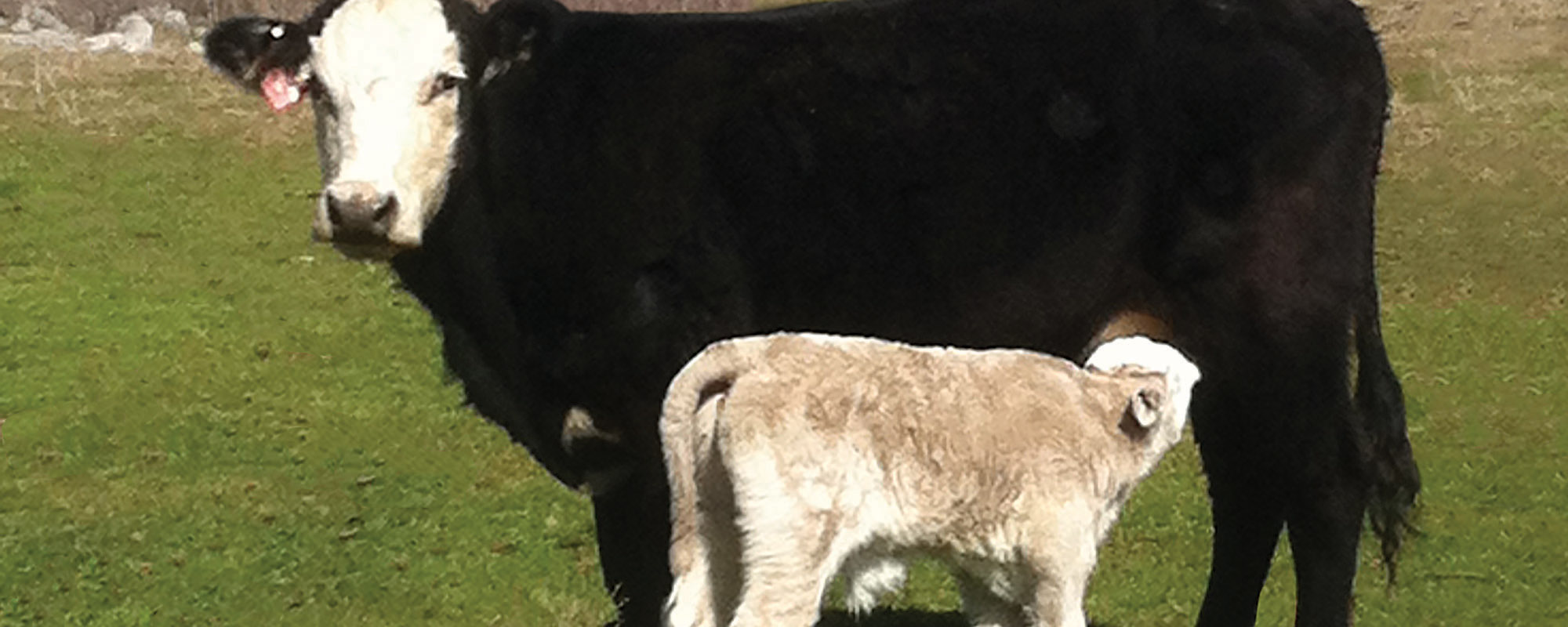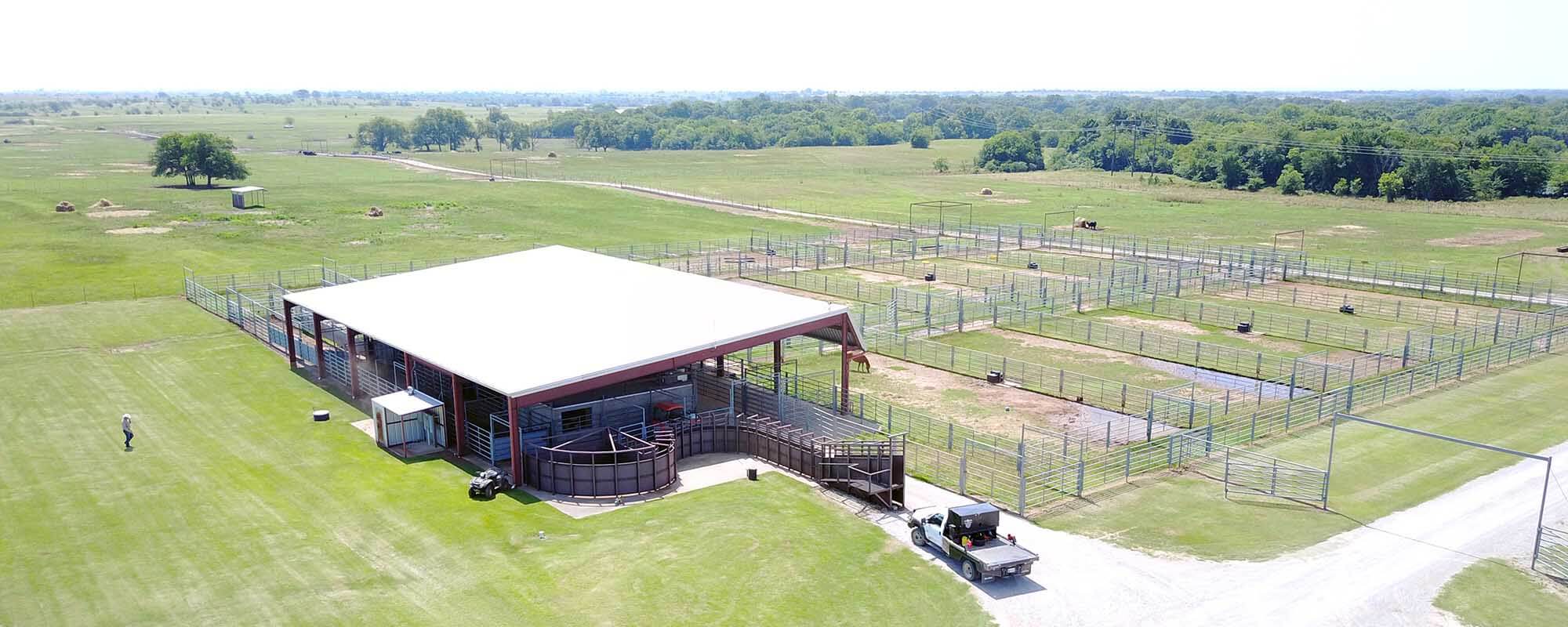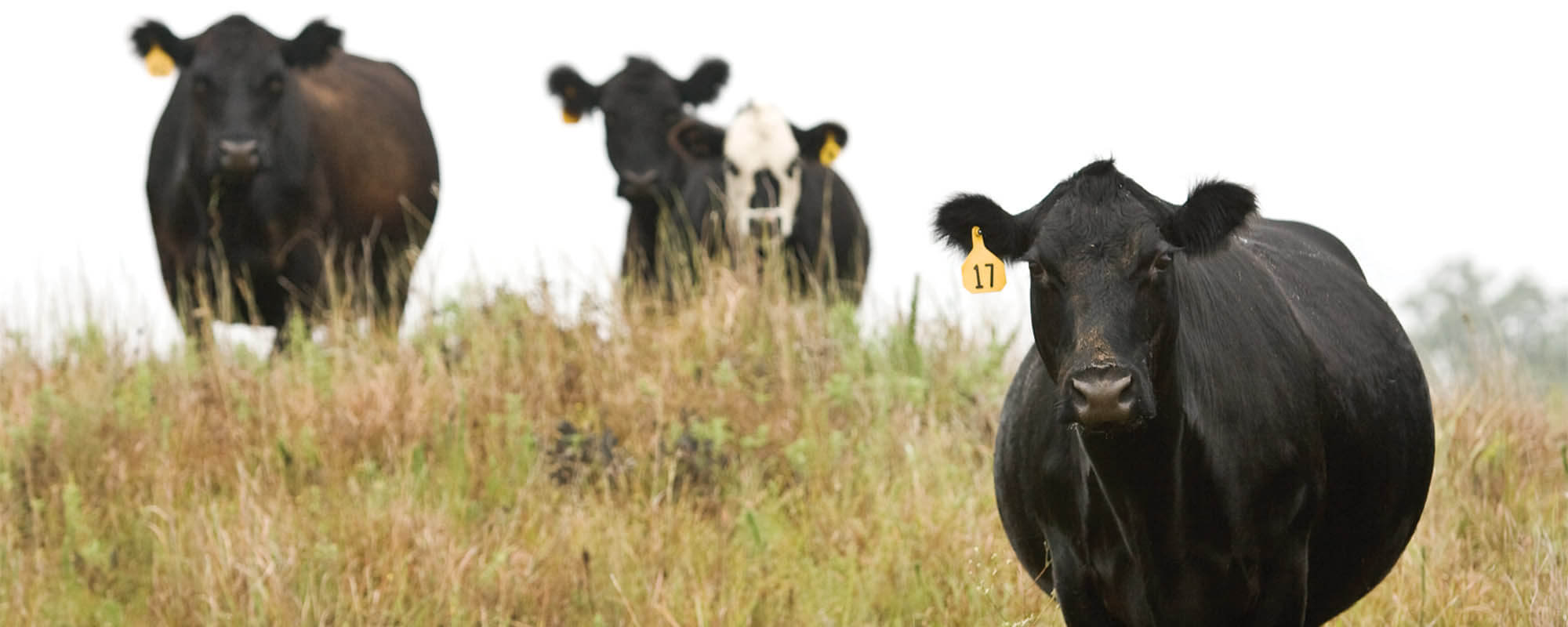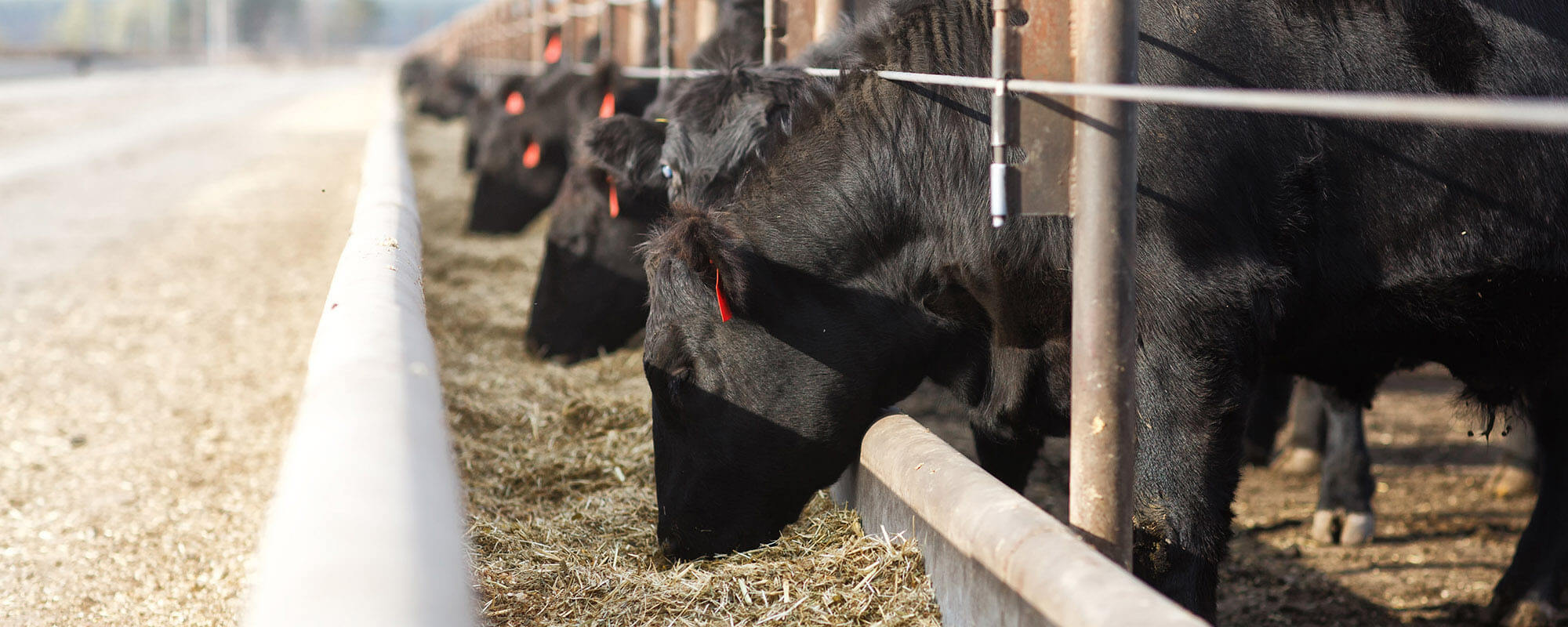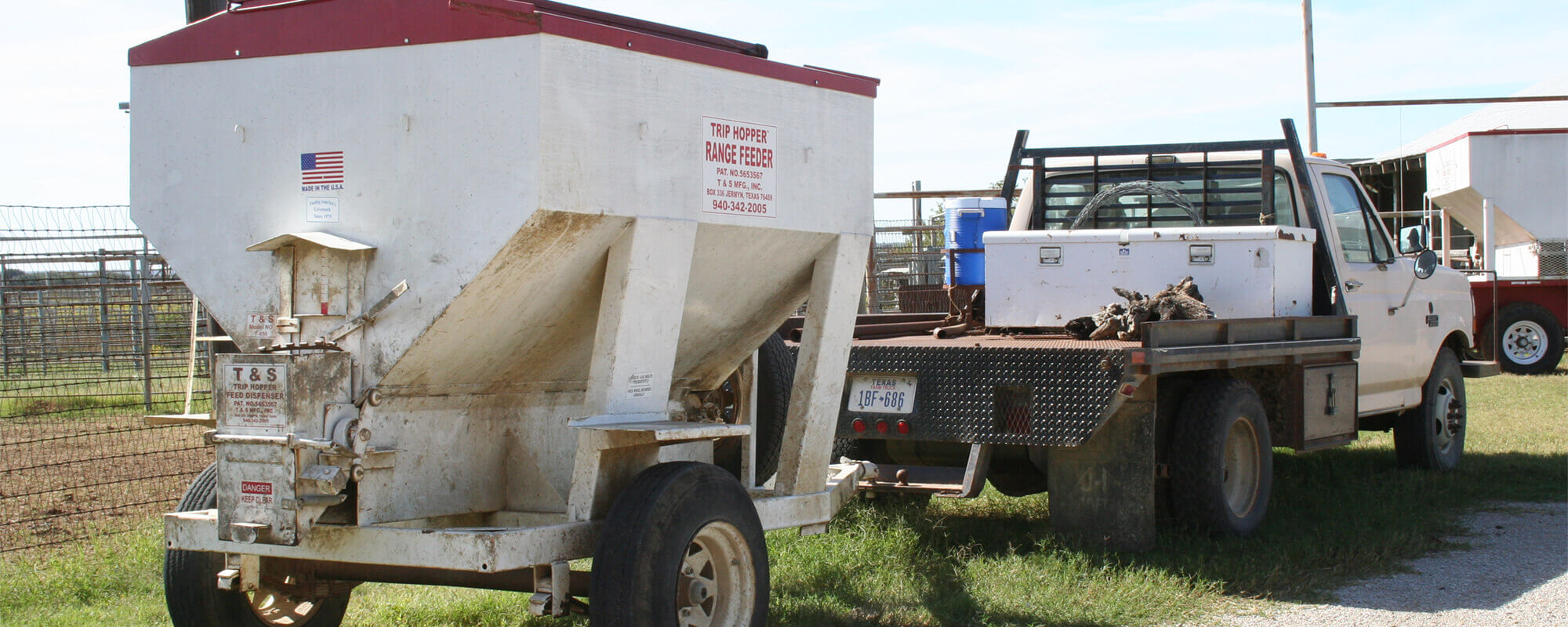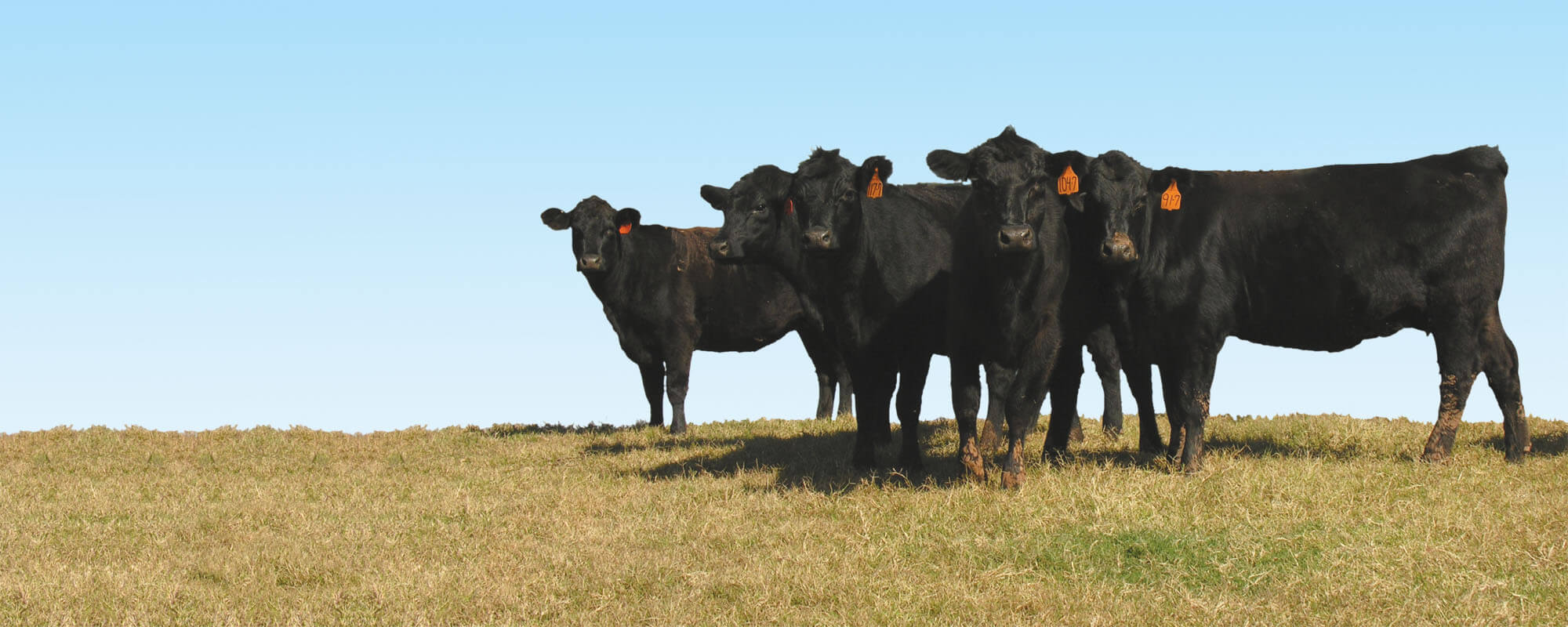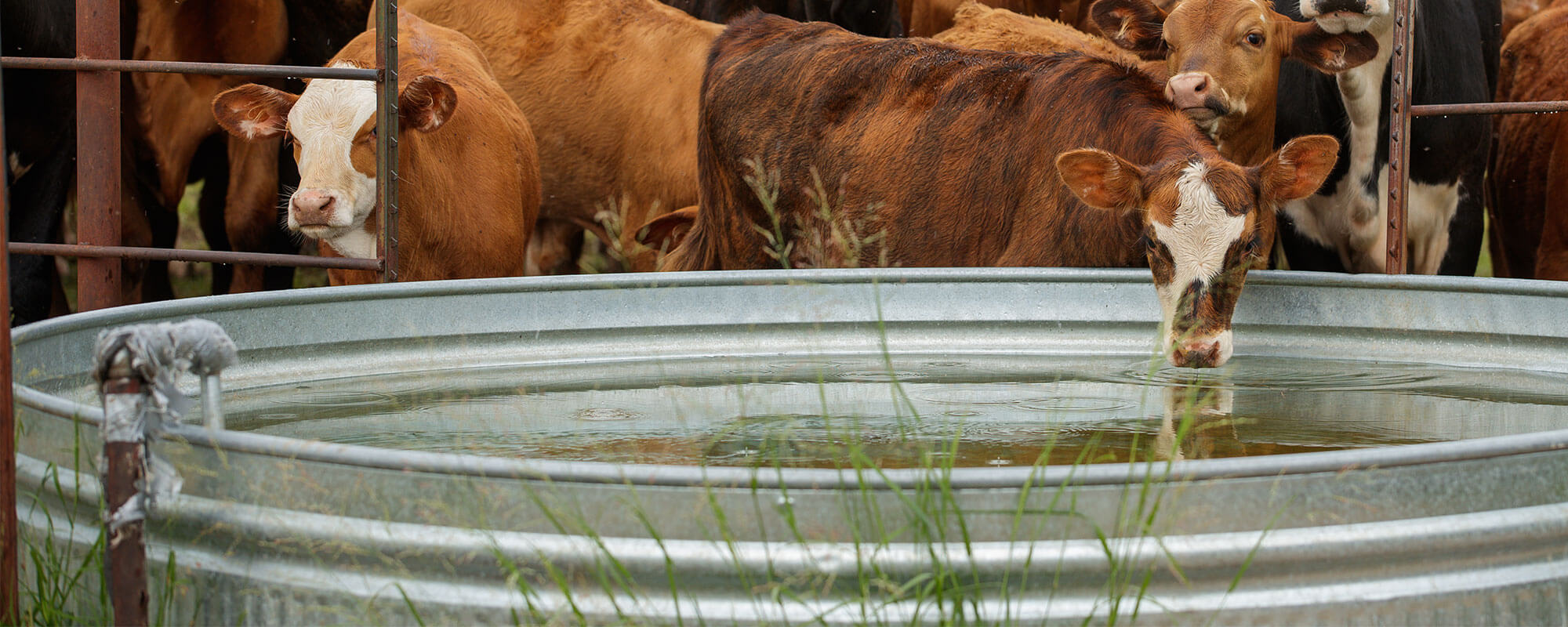By my way of thinking, the most efficient food-producing animals for human consumption are herbivores. Herbivores are animals that are adapted to eat plants. They have a four-compartment stomach, and the first compartment, the rumen, contains bacteria with the ability to break down cellulose, the primary component of plant cells, so it can be digested by the animal. In addition, according to the USDA-NRCS National Resource Inventory, there are approximately 588 million acres of grazinglands in the United States. These lands are comprised of rangeland, pastureland and grazeable forestland. Much of this land is not suitable for farming, but is well suited for herbivores, such as cattle, sheep, goats, deer, elk, bison and antelope. Just taking cattle into account, these lands are responsible for more than 15 billion pounds of beef production on an annual basis.
